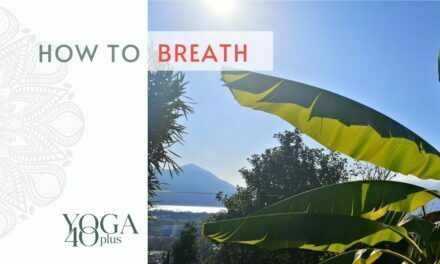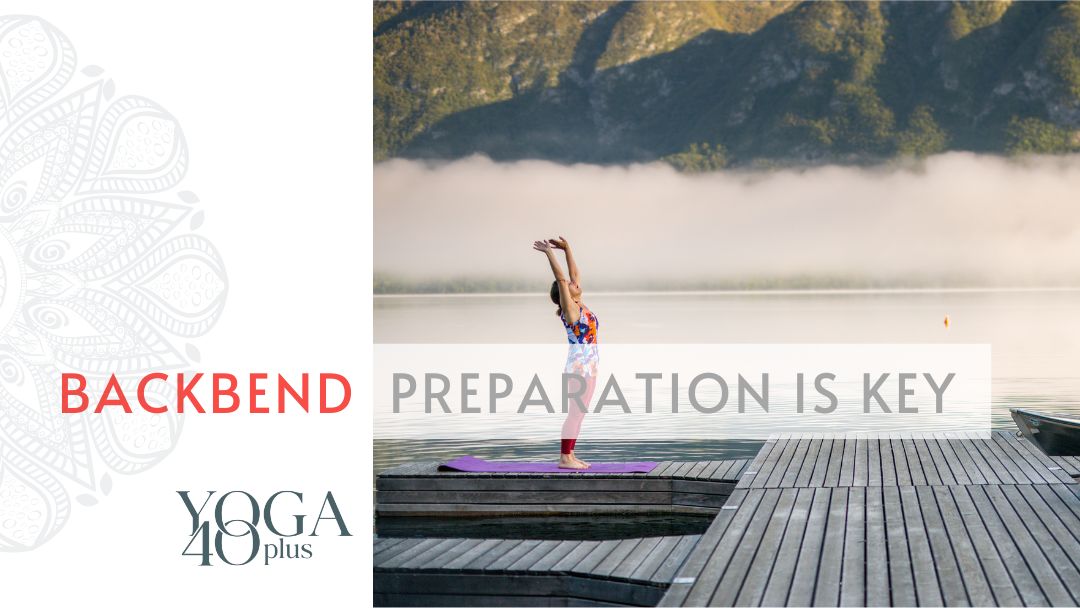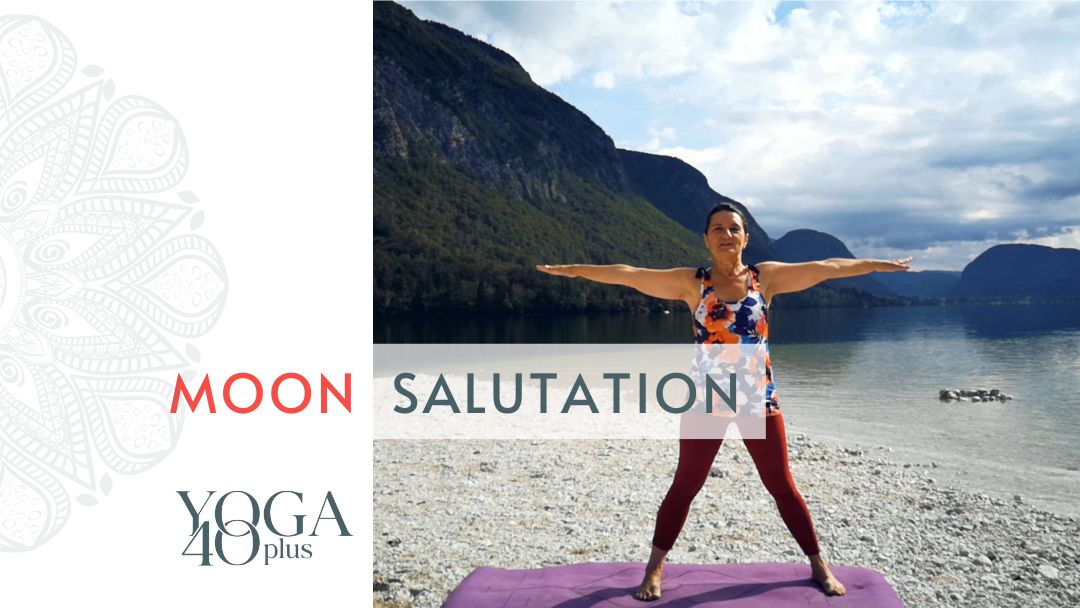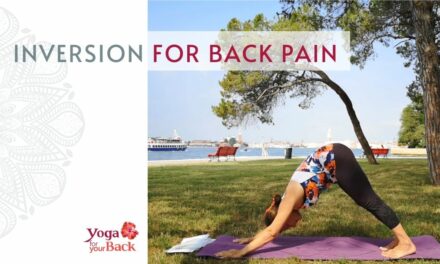Dynamic – Breathing – Directing energy
For more effective and faster results compared to traditional yoga, hormone yoga exercises focus on the areas where oestrogen is produced and is based on three pillars.
The 3 pillars of hormone yoga
- Hormone yoga poses are practised in a dynamic way, which means there is a lot of movement involved. And it’s fun too! You can find instructions for the various poses in our blog.
- The poses are accompanied by special breathing exercises that activate an internal massage, especially in the abdominal area. It’s getting warm!
- Your mind is also involved, directing energy to your ovaries and glands, which are the production centre of your hormone balance. Because success is also a question of attitude, isn’t it?
The spirit of yoga lies in the breath
If you are new to yoga, read the article ‘How breathing works’ to learn about the four steps of breathing and the organs that assist in breathing.
In the instructions during hormone yoga classes, you will repeatedly hear and read the instruction ‘Breathe in through your nose’, while exhaling can be done through either the nose or the mouth. You can find out why this is the case in the article ‘Why breathe through your nose’. Incidentally, this is also a good habit to adopt in everyday life.
You can also use your breath to regulate your body temperature. If you experience hot flushes, whether due to the menopause or simply because it is summer, the ‘Sitali’ and ‘Sitkari’ breathing techniques will help to cool you down. You can find instructions here.
In hormone yoga, we primarily work with two breathing techniques: Bhastirka K.D. (or bellows breathing) and Ujjayi. It is important that you perform them correctly so that they have the desired effect. Therefore, each of them is covered in a separate article.
Both breathing techniques are complemented by energy circulation, which is explained further down in this article.
Bhastrika breathing, also known as bellows breathing, accompanies many exercises in hormone yoga. Click on the image for instructions.
Instructions for channelling energy
Here is the energy circulation as it should be performed according to Dinah Rodrigues.
0) Exhale completely
1) Inhale and hold your breath
2) Roll the tip of your tongue against the upper palate (Kechari Mudra)
3) Focus on the tip of your nose
4) Tighten your pelvic floor muscles (Mula Bandha) – the energy flows through your spine and to the tip of your nose
5) Focus your attention on the area of your boey you want to activate, your target area (e.g. a hormone gland)
6) Breathe out slowly – feel how the wave of energy reaches the desired location.
During steps 5) & 6), you can release Kechari Mudra and Mulabandha again.
If necessary, take another calm, deep breath while you feel your way into this target area.
What does energy guidance achieve?
The guidance of energy connects you with your body.
You roll your tongue upwards towards your throat. This somewhat unusual movement requires your full concentration, at least in the first few classes.
Your attention naturally gravitates towards the Sushumna Nadi, our central energy channel. It extends from the coccyx at the base of the spine to the crown of the head.
One of the branches of our energy system runs from the Sushumna Nadi to the nose. That is why we focus our attention on its tip.
Once we are aware of our energy channels, we can direct the energy to where we desire. This may be to the ovaries, but it may also be to the heart, to open ourselves to love.
Hormone Yoga live on Zoom
You can participate in our live classes to practise the 3 pillars regularly.








